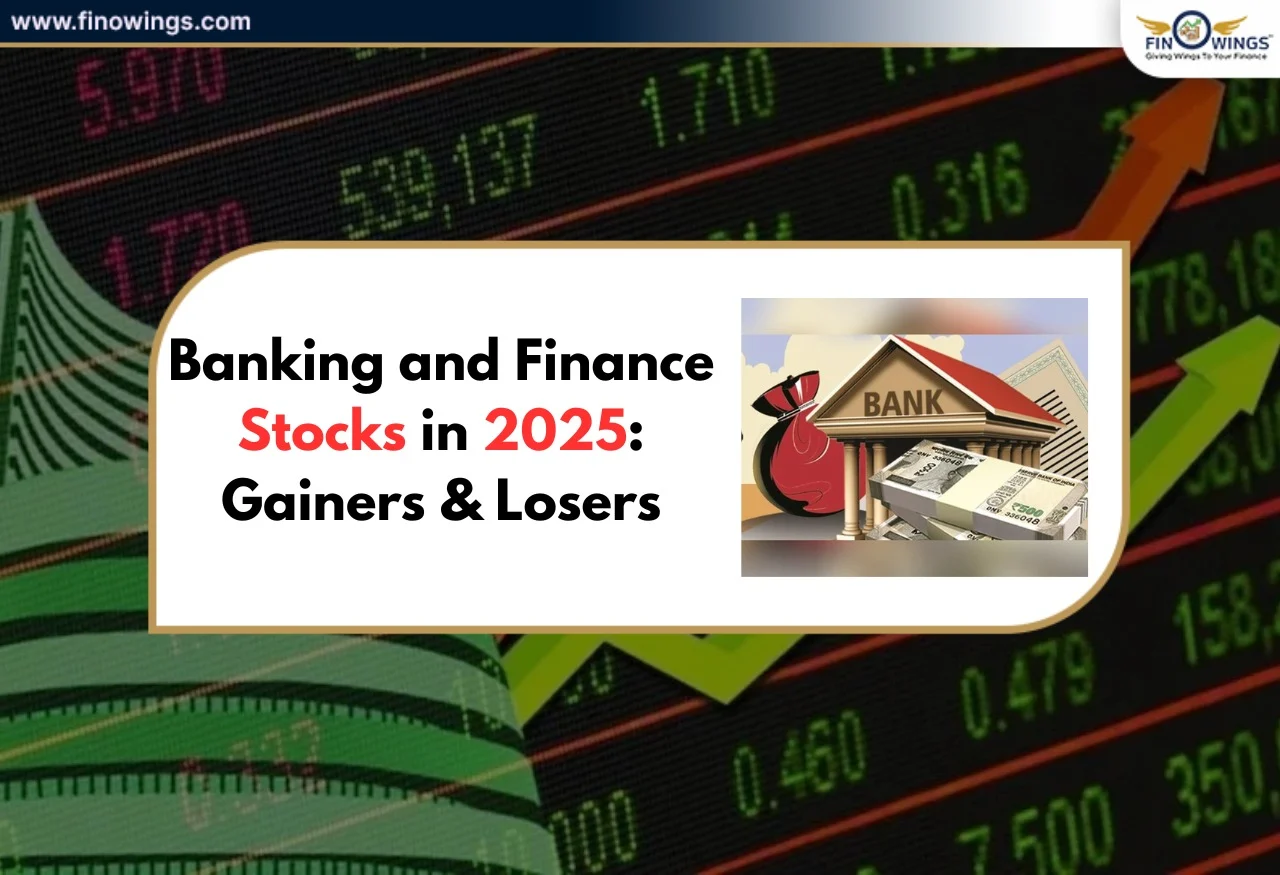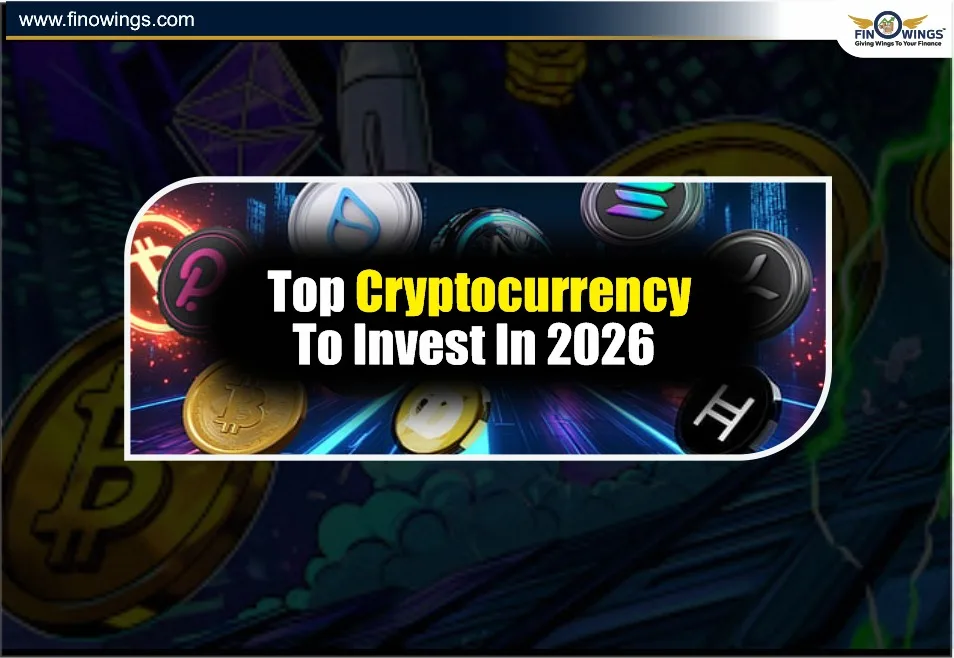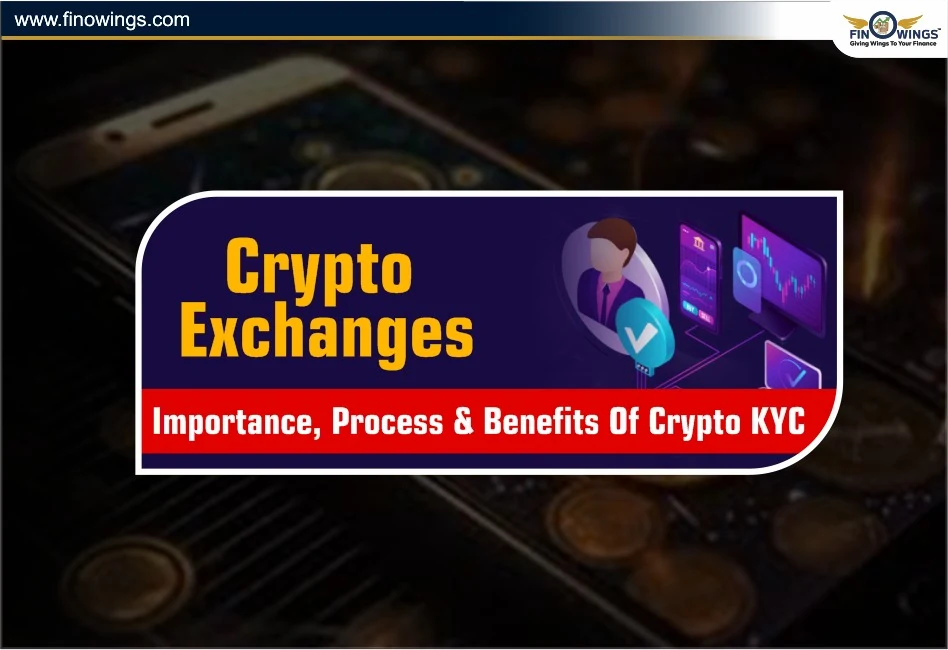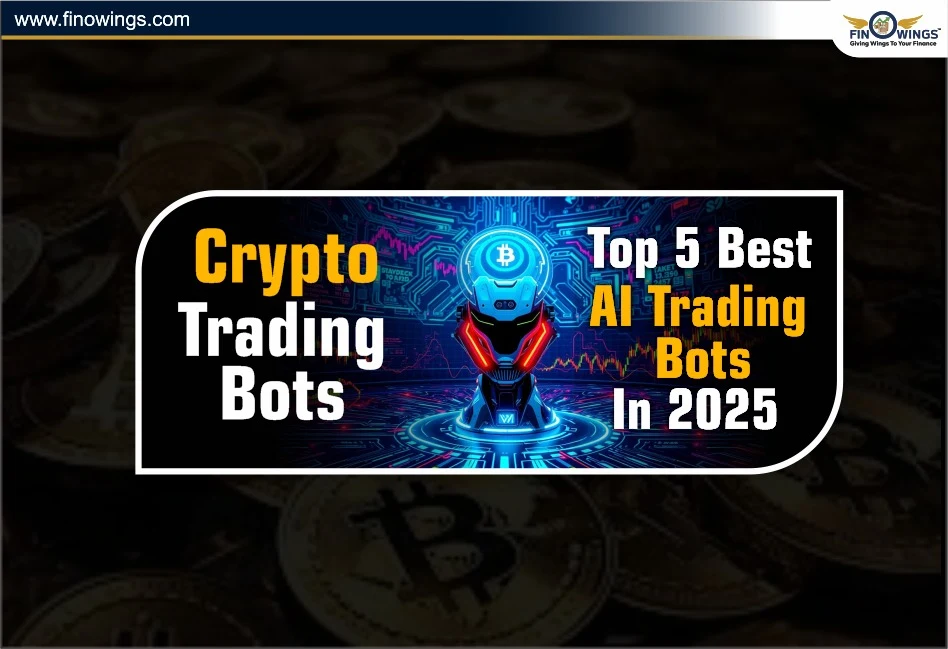Home >> Blog >> What is Ethereum Merge?
What is Ethereum Merge?
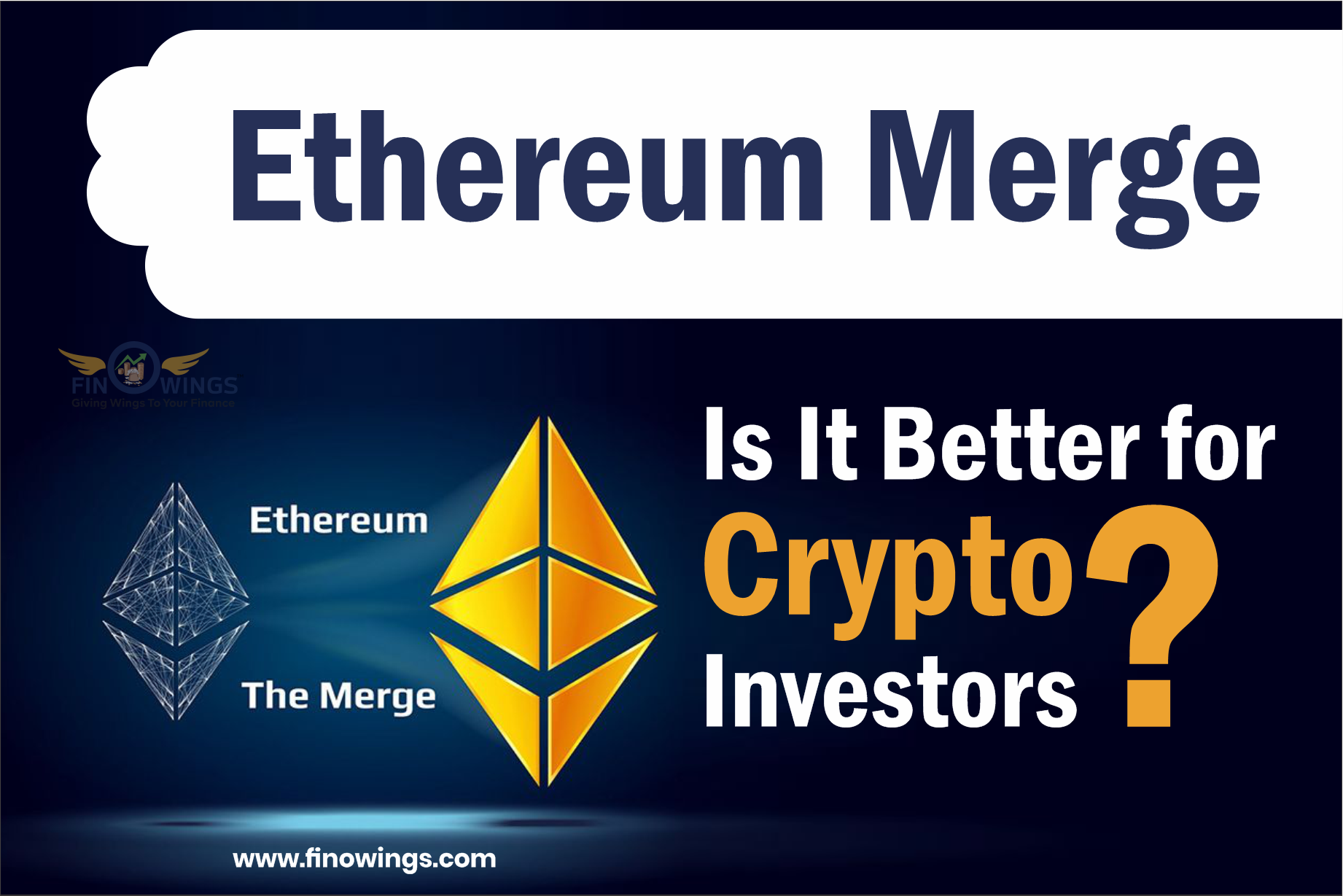
Table of Contents
1. What is Ethereum Merge?
The Ethereum merge is one of the most remarkable events in crypto history. But unfortunately, Ethereum, the second largest blockchain in the world, is in hot water for being an energy-guzzling network. So the founders implemented a new environment-friendly method to replace their former energy-intensive system.
The Ethereum merge converts the Ethereum blockchain's proof-of-work (PoW) consensus method to a proof-of-stake (PoS) one. In addition, it has launched Ethereum 2.0, a new version of Ethereum. This merge will reduce up to a 99.95% reduction in Ethereum's energy consumption.
The switch has updated the entire blockchain over to the latest PoS validator nodes that require stocking up 32 Ether (ETH) to join. The Ethereum token will remain as it is for investors, and Ethereum-based applications should remain unchanged. However, at the time of the merge, users may be unable to do Ethereum-based transactions.
This new method favours a healthy atmosphere and green-focused advocates.
2. Why the Ethereum merge?
Ethereum depends on the public's digital resources to validate transactions on the blockchain. The exciting part is that anybody can keep the Ethereum engine running. The Ethereum network rewards you in ETH (Ethereum's native coin). They introduced a new term for participants of the Ethereum network, "miner," you compete against other miners' hardware in solving ultra-difficult equations to win ETH rewards.
Unfortunately, this caused miners to purchase high-level, energy-guzzling machines to outrun their competitors. This is the reason why GPUs have been off the shelves. Instead, farms that mine ETH are popping up all over the place, endangering the environment while running many powerful computers round-the-clock.
The transition to PoS caused the removal of mining nodes for block rewards. In updated Ethereum, it needs node operators to stake 32 Ether as collateral to become network validators and earn rewards.
The key factors for merging would be-
-
Reduced hardware requirements for node operators
-
Faster confirmations of every transaction (though overall speed will be about the same)
-
Ability to add more scaling solutions (like sharding)
-
Increased security
-
99% reduction in energy-consumption
The issuance ratio of Ethereum as block rewards will also be significantly reduced. At present, there are about 13,000 Ether mined a day. After the merge, that number will drop by 90%, say 1600 Ether per day.
After delaying for a long time, the Ethereum merge is almost there. Finally, in mid-September, it went live.
2.1. How does PoS work?
After the Ethereum Merge, the eligibility criteria for block rewards would be staking 32 ETH into a smart contract as collateral. This Ether will be fixed up until a future upgrade enables withdrawals.
While some PoS provide a high chance of rewards to users who stake a larger amount of crypto, Ethereum declares rewards with a random lottery to choose who will propose a new block to be added to the blockchain. Ethereum has stated that,
"When validator withdrawals are enabled, stakers will be incentivized to remove their earnings/rewards (balance over 32 ETH) as these funds are otherwise not contributing to their stake weight (which maxes as 32)."
There is also an option for a staking pool. Those who do not wish to run a validator node but want to stake can go for the staking pool. A staking pool comprises the deposits of different individuals to stake the required 32 ETH for an Ethereum validator node. The block rewards would be shared with the staking pool in proportion to the invested ETH per individual account.
2.2. Impact on the Environment
As proved, the merge is believed to make blockchain more energy-efficient.
Ethereum's carbon release is on par with Singapore, and its total energy consumption can be compared to the Netherlands, as per its website.
The combination is anticipated to cut Ethereum's carbon footprint by approximately 99%, which will undoubtedly draw in investors who care about the environment.
2.3. Will the merger make Ethereum more secure from hackers?
The necessary initial investment to validate transactions on the blockchain would be 33 ETH. That is a cost for everyone, including hackers. Gorbunov expects Ethereum to be a lot safer for this reason.
However, King warns that the blockchain will always be a target for hackers.
He further added, "After the merge, Ethereum's susceptibilities may differ due to the underlying design change to the network, but the security risks will always remain the same" "Cybersecurity risk is always paramount."
3 . Benefits of the Ethereum merge
Some engineers believe that PoS is a more secure system for blockchain. PoS works according to the money deposited by validators into the Ethereum network. These validators then win rewards for approving or rejecting transactions. The winning amount is proportional to the amount they have deposited.
The PoS system is designed to be costly for hackers to game it. This is because they first need to stake a large amount to enter the blockchain network and would stand to lose that money or get caught.
The change is significant because it will mark the first occasion when a significant cryptocurrency has adopted PoS. As a result, the financial incentive for miners to operate computers at that time will no longer exist. Additionally, the network's energy consumption will decrease by about 99%.
This is good in the environment and could increase mainstream ETH adoption. If people notice that Ethereum is more serious about the environment and reducing its energy usage, they may preferably use it.
Several financial institutions and traditional firms are positive about the merger. However, they have trepidation about diving fully into Ethereum reason being its enormous carbon footprint.
Joe Lubin, the founder of the blockchain brand Consensys and a c0-founder of Ethereum, said he discussed with several "major financial institutions" who have been waiting for the merge to be complete. So, they can become "significantly involved" in Ethereum.
The Ethereum merge is a significant step in Ethereum history, but there are more solutions to scalability problems. The other most anticipated toll is sharding, which will divide the network's data into small modules.
Sharding will make the network more efficient and cheaper to use. This would return many crypto users who had replaced Ethereum with other cheaper blockchains, such as Solana and Avalanche.
Ethereum developers believe the merge will enhance security and make ETH more resistant to attacks.
4. Risks of the Ethereum Merge
There are several risks noted with the upcoming Ethereum Merge. Here are the few risks associated with the merge are-
4.1. Denial-of-Service (DoS) Attack: With the switch to PoS, network proposers will be known ahead of time, making them target for denial-of-service (DoS) attacks. For example, if a potential attacker is in a queue to propose the next block in the blockchain, they can attempt the DoS of the current node of the proposer. This can cause the proposer to lose their slot, and the attacker can pick up the transactions.
They are working on solutions to make the proposer selection anonymous, but this is still a risk at present.
4.2. Centralization of Staked ETH: As most investors do not have the least required money to stake, they can join the staking pools group of others to raise the needed validator's funds.
This could end up concentrating the number of nodes under the influence of centralized entities. This can produce the risk of governance takeover or censorship.
4.3. ETH Price Drop: If there are setbacks with the transition, this could decline not only Ethereum price but also the prices of many of the top cryptocurrencies.
4.4. Scams: The crypto applications have named the merged and upgraded network "ETH 2." This is confusing if there would be a newly formed cryptocurrency called ETH 2, which is not true. This confusion makes ETH investors susceptible to scams. Because of the confusion, con artists may try to convince users to exchange their ETH for "ETH 2." They can take the user's Ether by doing this.
However, Ethereum's journey introduced new chapters. The merge is a big step, still have a lot of work to do. Lubin says that the objective is to make Ethereum "internet-scale."
5. Disinterested in merging
If you solely depend on Ethereum's proof-of-work mechanism for income, you will not accept the idea of this new merger.
Interestingly, to show disinterest in the merge, a group of miners launched a campaign to fork the Ethereum network and create a still-mini form of ETH known as "ETHW," according to Decrypt.
The token created a buzz but faltered a week after Ethereum merge date on some crypto exchanges. According to the coin market cap, the token's price dropped from $140 on August 8 to $49 on August 26.
Preston Van Loon, a key Ethereum engineer, declared that ETHW was doomed. This is because, There won't be enough purchasers to counteract the miners' relentless push to sell, and the currency's value would collapse to zero.
Miners are also looking up to Ethereum Classic, an off-shoot of Ethereum. They struggle to ensure that their expensive mining equipment does not go to waste. Although many different proof-of-work cryptocurrencies can destroy the environment due to their high energy usage, they have a bright side.
Author
Frequently Asked Questions
Ethereum's long-anticipated "merge" is decided for Q3 this year, but there's no confirmed date for its launch. Bitwise's Matt Hougan stated further delays can't be ruled out, and the migration to a proof-of-stake algorithm may not be free of bugs.
The ETH became PoS sometime in Q2 2022.
The Beacon Chain is the Ethereum proof-of-stake blockchain network that was launched in 2020. It has become fully operational as the updated Ethereum blockchain after the Ethereum Merge is over.

